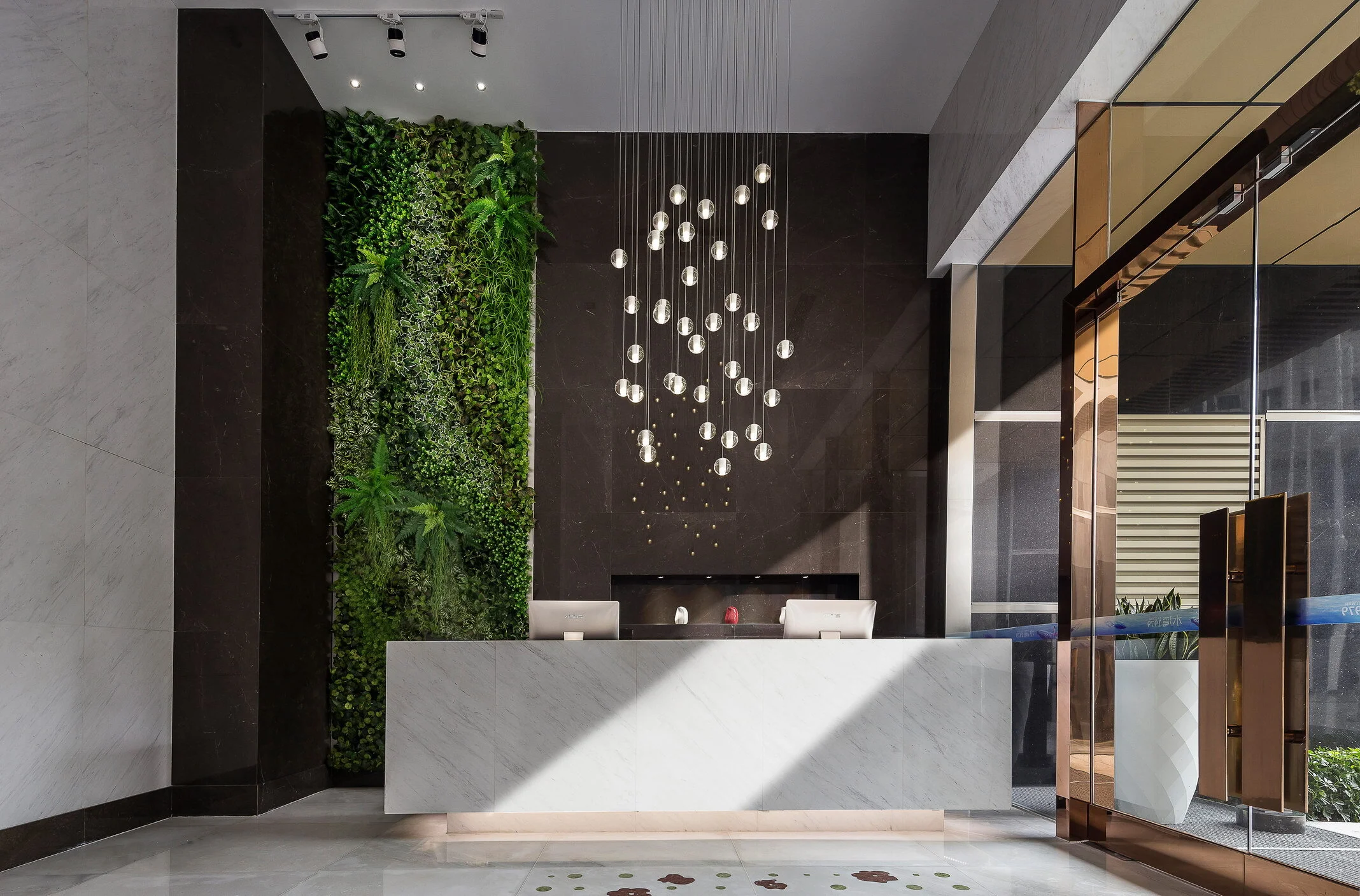Last spring of 2020, we released an article exploring the potential of facial recognition technology to change the retail landscape as we know it. At the time, this technology was primarily hypothetical or in its early stages of implementation, as most department stores were just planning to begin their reopening following the pandemic. Now, a year out, let’s take a look at the definite changes we have seen this year in facial recognition.
The New Life of Retail Malls
The retail landscape in America has experienced significant changes, with the rise of e-commerce and shifting consumer preferences. Malls are facing closures, with predictions of 80,000 stores shutting down in the next five years. To adapt, malls could integrate into e-commerce and offer dynamic experiences to engage modern consumers. Creative solutions are needed to capitalize on our understanding of today's consumer behavior.
Warehouse Robots
Companies like Ford and Amazon have recently begun the implementation of a new type of workforce: robots. COVID-19 altered the retail world in drastic ways, and one of the greatest changes the pandemic brought was the way spenders behave. In times of crisis, like we have seen in other cases such as the recession of 2008, consumers suspend the purchases of goods that aren’t crucial to their safety or survival.
The Lipstick Effect
During times of crisis, like the COVID-19 pandemic, spending becomes tighter, and retail companies see a decrease in sales. This spending behavior goes beyond just common sense and is actually ingrained in our biology.
Remo Buti: Varie-Età (ENG)
Varie-Età, written by Giovanni Bartolozzi, Pino Brugellis, and Matteo Zambelli, delves into the fascinating world of architect Remo Buti. Below is the lengthened version of an excerpt I wrote that was featured in the book, translated into English.
Remo Buti: Varie-Età (ITA)
Varie-Età è la più recente pubblicazione dedicata al lavoro di Remo Buti e in particolare ai vent’anni dedicati agli studenti dell’Università di Firenze. Il testo di seguito è la versione integrale del mio contributo al libro.
How To Design a Building Lobby With Your Brand in Mind
In this article, I am going to consider a building like a brand because developers might take advantage of tools that are not commonly used in this environment. I am a firm believer in cross specialization as it is only by bringing knowledge from different areas that you spark real innovation and achieve success.
Why Generalized Training Can Be Better Than Specializing
There is an ongoing battle between specialists and generalists in this country. Half of the population seems to be obsessed with specializing in a very specific area of their industry, while others make a point of learning the basic skills in as many different areas of their industry or even other industries as possible.









